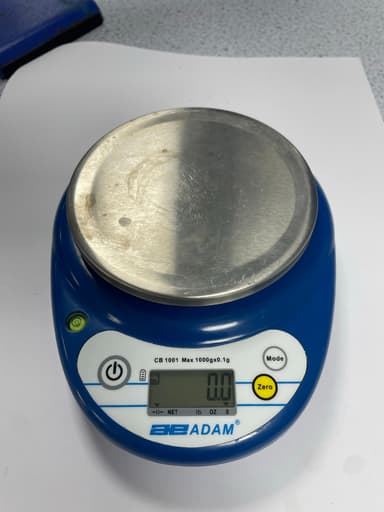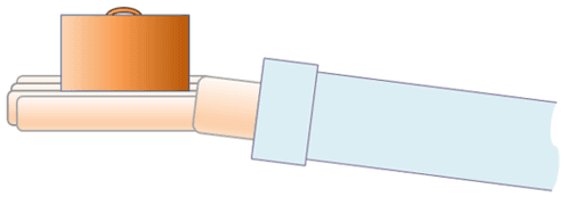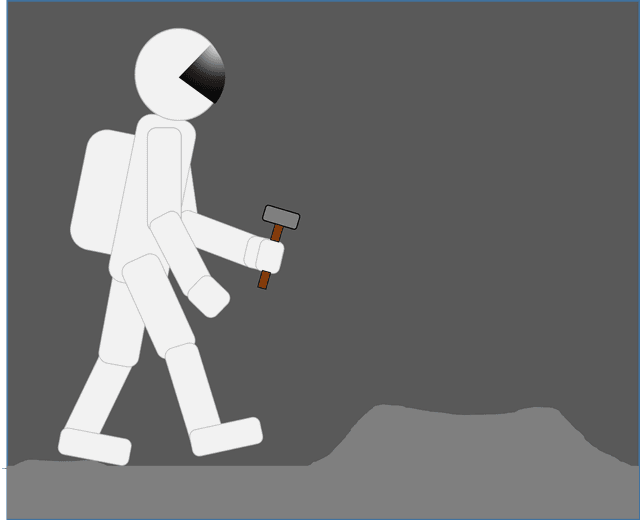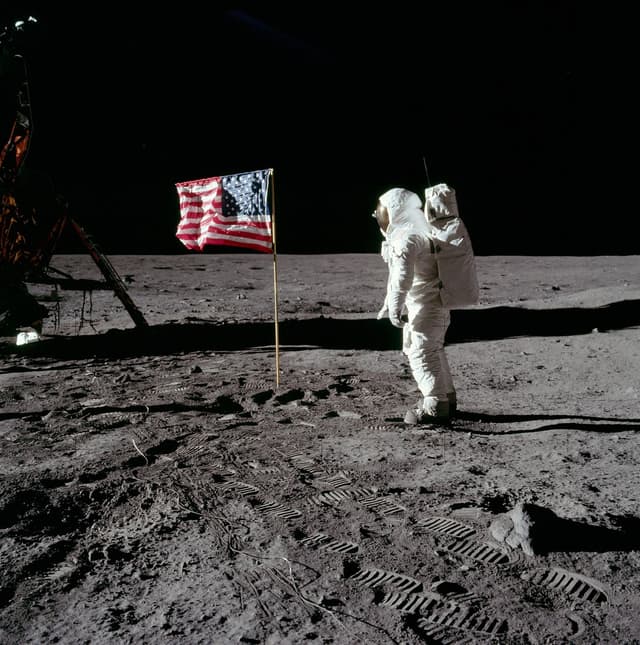Myths about teaching can hold you back
- Year 9
Gravitational force and weight
I can describe and apply the relationship between mass and gravitational force.
- Year 9
Gravitational force and weight
I can describe and apply the relationship between mass and gravitational force.
These resources were made for remote use during the pandemic, not classroom teaching.
Switch to our new teaching resources now - designed by teachers and leading subject experts, and tested in classrooms.
Lesson details
Key learning points
- The mass of an object is measured in kilograms.
- A force of about 10 N is needed to lift 1 kg on Earth.
- On Earth, a 1 kg mass pushes down on a surface with a force of about 10 N.
- There are 1000 g in 1 kg.
- Gravitational force, W = m × g
Keywords
Gravitational force - The force that acts on an object inside a gravitational field.
Mass - The amount of matter (material) in an object.
Gravitational field strength - The force per kilogram caused by a gravitational field.
Newton (N) - The unit for force.
Newtons per kilogram (N/kg) - The unit for gravitational field strength.
Common misconception
Pupils often mix up the terms for weight and mass and use weight when they mean mass and vice versa.
Teach pupils that a force lifts objects against the pull of gravity before introducing the term weight.
To help you plan your year 9 science lesson on: Gravitational force and weight, download all teaching resources for free and adapt to suit your pupils' needs...
To help you plan your year 9 science lesson on: Gravitational force and weight, download all teaching resources for free and adapt to suit your pupils' needs.
The starter quiz will activate and check your pupils' prior knowledge, with versions available both with and without answers in PDF format.
We use learning cycles to break down learning into key concepts or ideas linked to the learning outcome. Each learning cycle features explanations with checks for understanding and practice tasks with feedback. All of this is found in our slide decks, ready for you to download and edit. The practice tasks are also available as printable worksheets and some lessons have additional materials with extra material you might need for teaching the lesson.
The assessment exit quiz will test your pupils' understanding of the key learning points.
Our video is a tool for planning, showing how other teachers might teach the lesson, offering helpful tips, modelled explanations and inspiration for your own delivery in the classroom. Plus, you can set it as homework or revision for pupils and keep their learning on track by sharing an online pupil version of this lesson.
Explore more key stage 3 science lessons from the Hidden forces unit, dive into the full secondary science curriculum, or learn more about lesson planning.

Equipment
Licence
Prior knowledge starter quiz
6 Questions
Q1.How can a force acting on an object be shown on a diagram?
Q2.Which of these forces pulls objects towards the centre of Earth?
Q3.How should a force arrow for the gravitational force acting on a football be drawn?
Q4.What property does this top pan balance measure?

Q5.The figure shows a hand holding a small metal block. The metal block is not moving. Which statements are correct?

Q6.An astronaut is walking on the Moon carrying a hammer. What will happen to the hammer if they let go of it?

Assessment exit quiz
6 Questions
Q1.Match the key words to their definitions:
A force that pulls objects towards the centre of planets.
The amount of material (matter) in something.
The force on each kilogram due to gravity.
The unit used for force.
The unit for gravitational field strength.
Q2.Starting with the smallest, sort these in order of mass.
Q3.An astronaut takes a flag pole from Earth to the Moon with them. Which of the following are true?



